Having a sustainable yard, meaning that you avoid depleting natural resources to bring about an ecological balance, is a goal of more and more folks. After all, we’ve all witnessed places we love get suddenly altered by development. But for many of us, we have our yards, or even the balcony in our condo or apartment, where we can exert some control.
Here are some ideas on how we can make our outdoors more sustainable.
Stop pesticide use, including perimeter sprays
Using perimeter spray around your house do not just target the ants or termites – they kill insects indiscriminately. Pest companies typically use pyrethrins and pyrethroids for their maintenance perimeter sprays, chemicals highly toxic to bees and other insects.
“Perimeter insecticide sprays are not just detrimental to insects but also to wildlife that depend on them for food such as birds,” says Sharalyn Peterson, staff scientist with the Northwest Center for Alternatives to Pesticides (NCAP), one of the first organizations to focus on better alternatives. Insects that touch it or eat it are paralyzed and die. Perimeter sprays can also kill insects in the soil, and contaminate soil and cause mutation pressure on soil microbes.
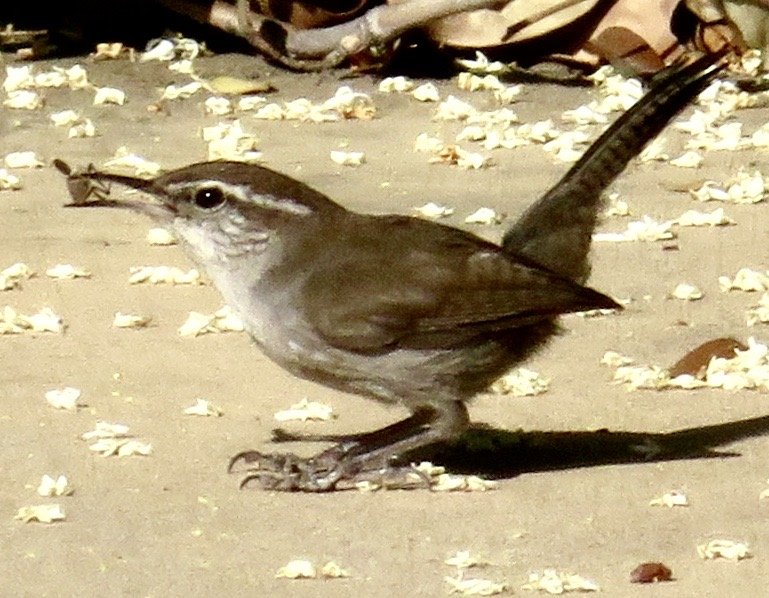
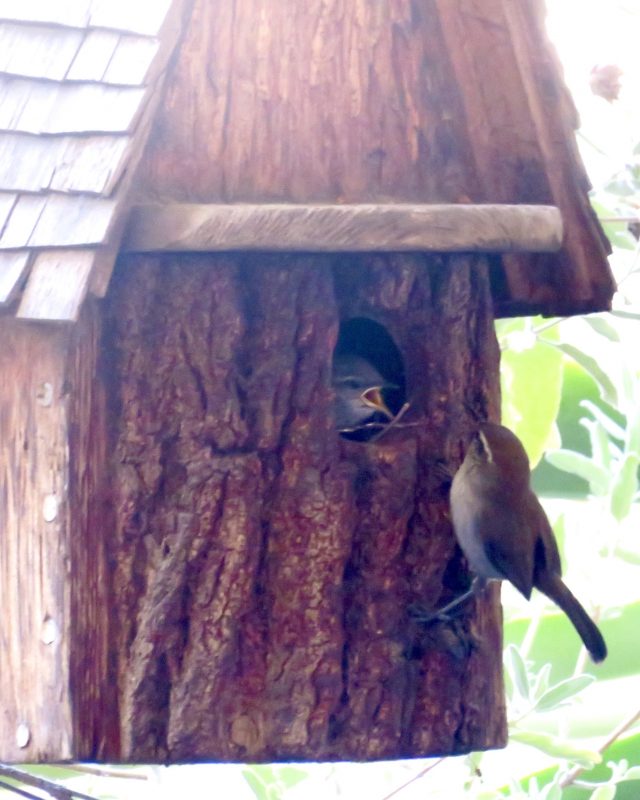
Pesticide use, which includes insecticides, herbicides and fungicides, has soared the last 75 years. The Environmental Protection Agency estimates that national pesticide use amounts to over one billion pounds per year. That’s roughly three pounds for every person in the country. Many common chemical pesticides are dangerous and can cause ill health effects in people, pets and wildlife when exposure occurs.
Alternatives to Pesticide Use
Luckily, most issues that you encounter in your home, yard or garden can be avoided or solved using ecological alternatives. Start here for pesticide-free strategies. If you still have issues after exploring other solutions (including resources below), NCAP also offers a free consultation service on their website. We have found that removing vegetation that touches our house has reduced ant invasions, as has standing water sources for those nasty ubiquitous mosquitoes.
And our native plants have ushered in insects that keep other insects, like aphids, in check. We have many examples of this in our yard – see “Insects are good.” and tapping beneficial insects.
Using our Natural Rodent Predators
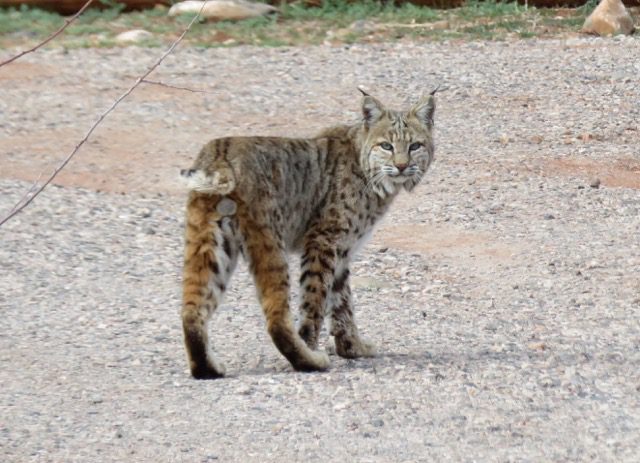
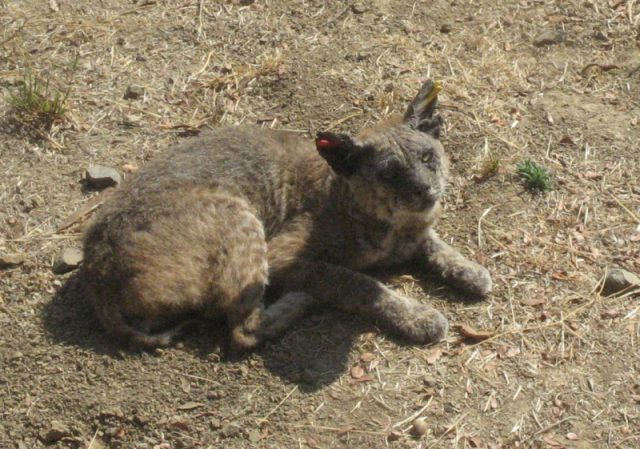


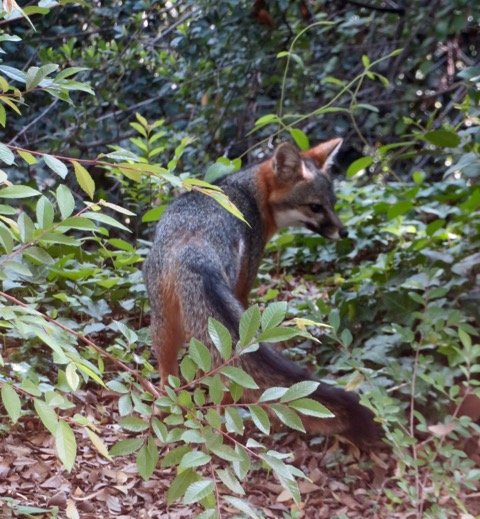
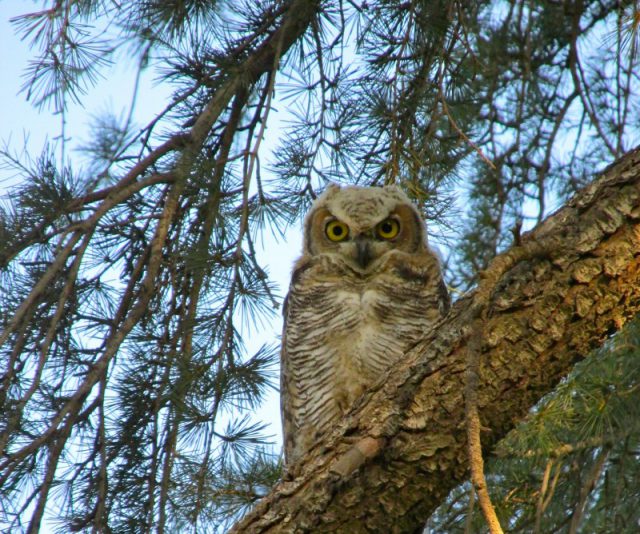
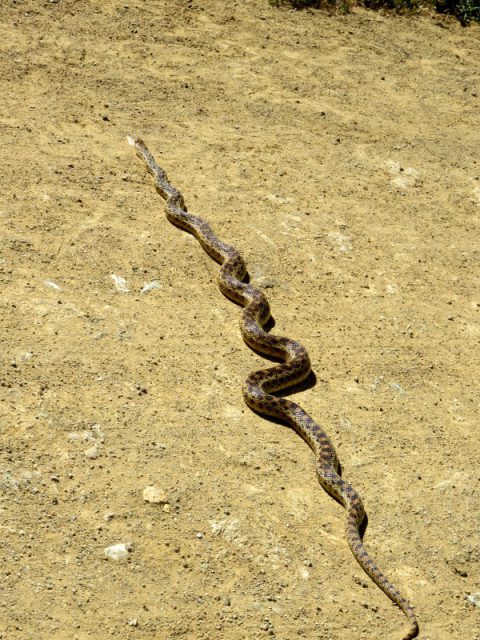
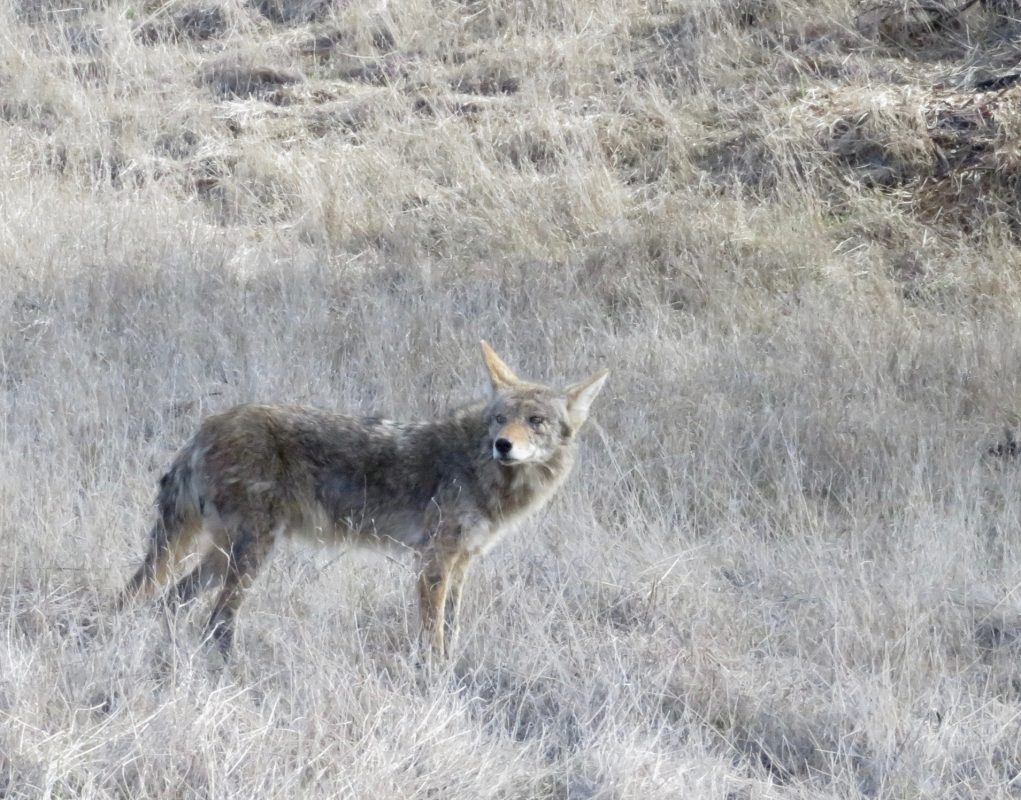
Same with rodenticides – please, do not use those bait boxes to kill rodents. California removed the most noxious ones off the retail market but pesticide companies still use ones that are lethal to many animals (including your dogs) who come across a dead or dying rodent. Rodents are the main prey of natural predators like red-shouldered hawks and barn owls, which bird rehabbers report are often poisoned through rodenticides.
Other resources/info:
- See the website Raptors are the Solution for more information.
- Take the Pesticide-Free Pledge to keep your home, yard and garden free from toxic pesticides.
- Poison Free Malibu has been another leader in this. Or see one of the many articles I’ve written on this subject.
Retain Tree Cover
Trees on your property not only increase its value but they remove air pollution, and lower peak temperatures. Our southern California town is a Tree City with 100 plus year old trees and I cringe when they’re removed or overpruned without obvious reason. Removing too many leaves is stressful, and requires the tree to deplete its energy stores.
If your trees and shrubs need pruning, now is the time. Local birds start to nest in February – yes, spring is coming – and continue through August. And nesting birds are protected by California regulations (click here for a brochure on their protection). Remember that tree companies in California, even if licensed, are not required to have any training on trees or tree care. And resist any recommendations to top a tree (sometimes called heading or tipping).
A topped tree is forever doomed to continual topping because the resulting branches are weak. You end up spending more money maintaining a topped tree than if you had spent the money to prune it properly. Hiring an ASA certified arborist should avoid these issues. Here’s more info on proper tree pruning and on pruning palm trees.
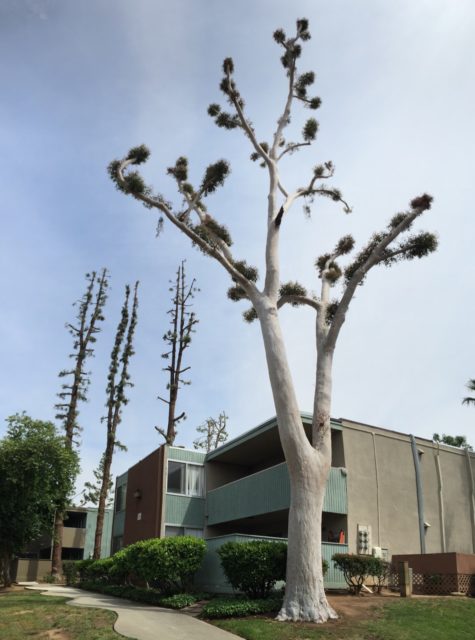


Also, people’s yards and our canyons here can contain 100-year old native shrubs – here we have manzanitas and toyons with deep root systems that research shows reduce carbon. If you’re lucky enough to have one, don’t remove it.
Plant native plants for habitat value
More people are planting California native plants which not only reduce water needs but cultivate a healthy ecosystem. Our vital insects evolved with California natives and every time we plant a non-native, we are removing the food source for them, and also for the birds and many mammals that depend on the insects and habitat that native plants provide.
Now is still a good time to plant natives if you live in one of the Western or Southern states, and it will be soon in the Midwest and East. Californians can check out the California Native Plant Society (CNPS) and Calscape where you can plug in your zip code and view recommended plants. Additionally, more and more nurseries are carrying native plants. Using the advanced search on Calscape you can find nurseries for plants you want. As a CNPS garden ambassador, I’m glad to answer questions – just fill out the contact me form.
Leave a Reply